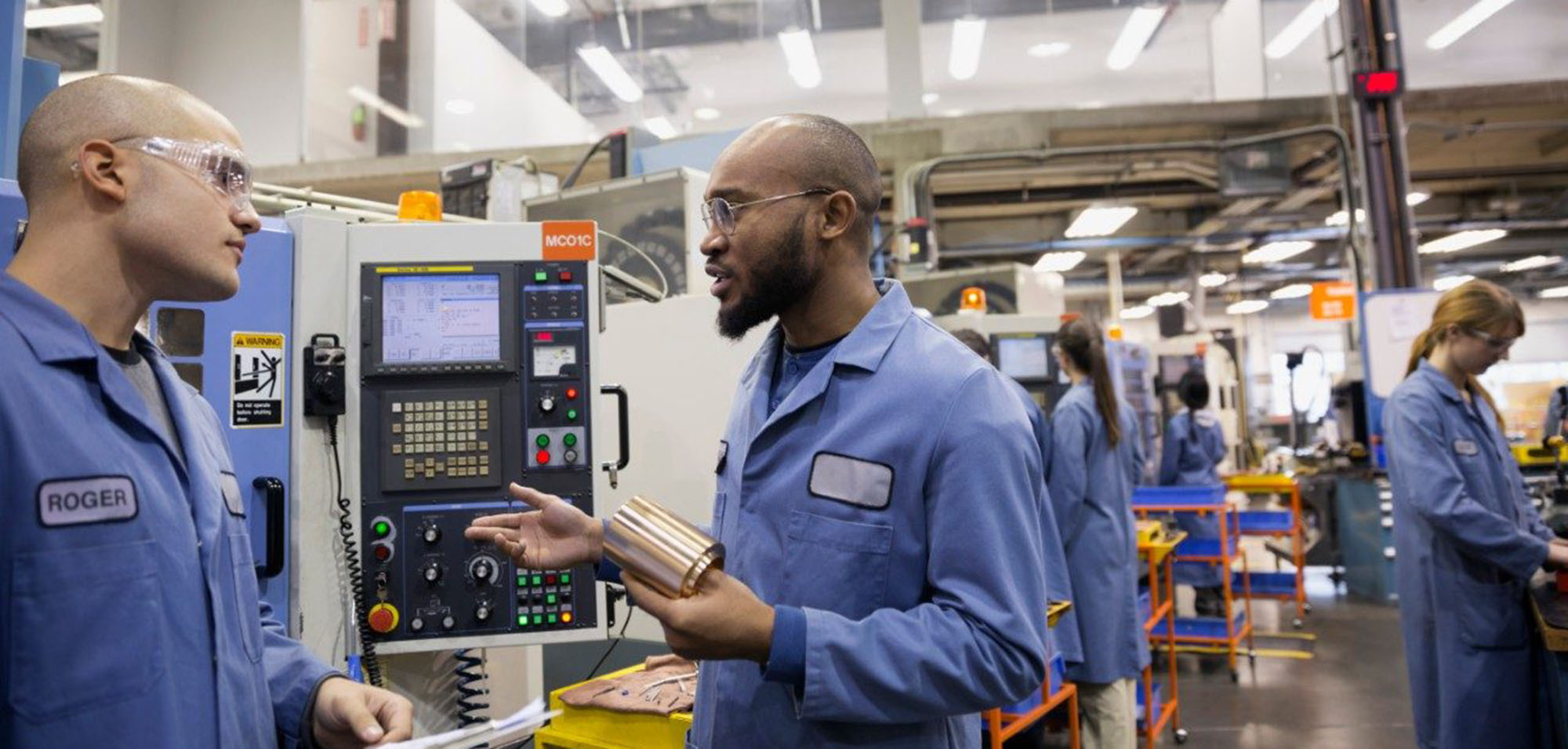
Warranty part analysis became 75% cheaper and delivered 5x faster results with in-house CT.
Summary
- An industry-leading motorcycle manufacturer found new use cases for their in-house Neptune CT Scanner, replacing costly and time-consuming outsourced processes.
- Warranty part analysis became 75% cheaper with in-house CT, with results delivered 5x faster, minimizing safety risks and brand impact.
- Neptune provided detailed scan data for large engine components, eliminating $20K+ outsourcing costs per scan and saving over $200K annually.
Background
Our customer is a century-old motorcycle manufacturer known for the style and reliability of their product line. With over $5B in annual revenues and their motorcycles driving down roads in every corner of the globe, the company maintains a sharp focus on product quality.
Two years ago, their engineering team partnered with Lumafield to bring the Neptune industrial CT scanner in-house at their largest factory in the United States. The company’s engineers needed a way to quickly and cost-effectively scan castings and conduct integrity testing and porosity analyses; Lumafield was a perfect fit for the job.
After months of successfully scanning a variety of complex castings, the customer’s engineering team quickly realized that their Neptune scanner had a lot more to offer. At the time, the company was still outsourcing CT scans for two major research functions: warranty part testing and large engine component analysis. Concerns over the exorbitant cost of outsourced scans – especially for 300+ pound engine components – sparked the decision to maximize the value of their new Neptune scanner.
No Time to Waste
Warranty part testing is a critical way for the company to ensure the safety of the millions of riders who use their motorcycles every day. Analyzing parts that fail while under warranty helps the engineering team catch defects and find solutions – ideally as quickly and efficiently as possible.
Our brand is at risk any time a defective product comes back for testing. We have to thoroughly evaluate it to figure out whether it’s an isolated issue or part of a larger pattern. Either way, we need to find a solution quickly and decisively to protect the safety of our customers.
— Director of Product Development
Neptune helped solve for two inefficiencies that were hampering the warranty part inspection process. The first was the rising cost of outsourced CT scanning – an expense that made news of a defective part even more difficult for the company to stomach. The average scan was costing the company about $4K, with some parts ending up nearly double that. Over the course of an average year, that could run the company hundreds of thousands of dollars in CT scanning alone. Using Neptune saved the company 75% of its outsourced costs compared to the previous year’s bill for warranty part CT scans.

Before Lumafield, these outsourced scans left the company’s engineers with lengthy wait times and scan data that was far from straightforward to interpret. The average warranty part took five to seven business days to ship, scan, and analyze when working with an outsourced CT scanning partner. With the Neptune scanner and Voyager software at their disposal, the entire process has been consolidated to a mere 12 to 24 hours – saving the team roughly five days. That means faster, more informed decisions in the most critical circumstances, enabling the company to resolve part defects and minimize customer and recall risk in less than 20% of the time.
With the volume of inspections we’re carrying out, there’s simply no alternative to everything Lumafield offers. The Voyager software has completely transformed the way my team and I examine our products. I’ve never had access to insights like this before.
— Director of Product Development
Bigger and Better
Scanning large engine components had long been an important but expensive part of the company’s R&D processes. Scanning engine parts as large as 20 x 24 x 18 inches that often weigh as much as 300 pounds presents physical and logistical challenges, and used to come with a hefty $20K expense per outsourced scan.
The versatility of the company’s Neptune scanner quickly provided an effective solution to an expensive problem. Analyzing these massive engine components in-house now saves the company more than $200K per year in scanning expenses.
We’ve been so impressed by how versatile the Neptune scanner is. This newfound ability to scan even the biggest components we manufacture right here in our own facility has been such a game-changer for us.
— President, Design Engineering































